Turtles have inhabited our planet for over 200 million years, surviving the mass extinction that eliminated dinosaurs and countless other species. Despite their remarkable resilience throughout Earth’s history, many turtle species now face unprecedented threats to their existence across the United States. From the iconic sea turtles along coastal states to freshwater species inhabiting rivers and ponds of the Midwest, turtle populations are experiencing alarming declines. This troubling trend has led to endangered or threatened status for numerous species in multiple states. Understanding why these ancient reptiles are disappearing from American landscapes requires examining the complex interplay of human activities, habitat changes, and natural challenges these slow-moving, long-lived creatures face in our rapidly changing world.
Habitat Loss and Fragmentation
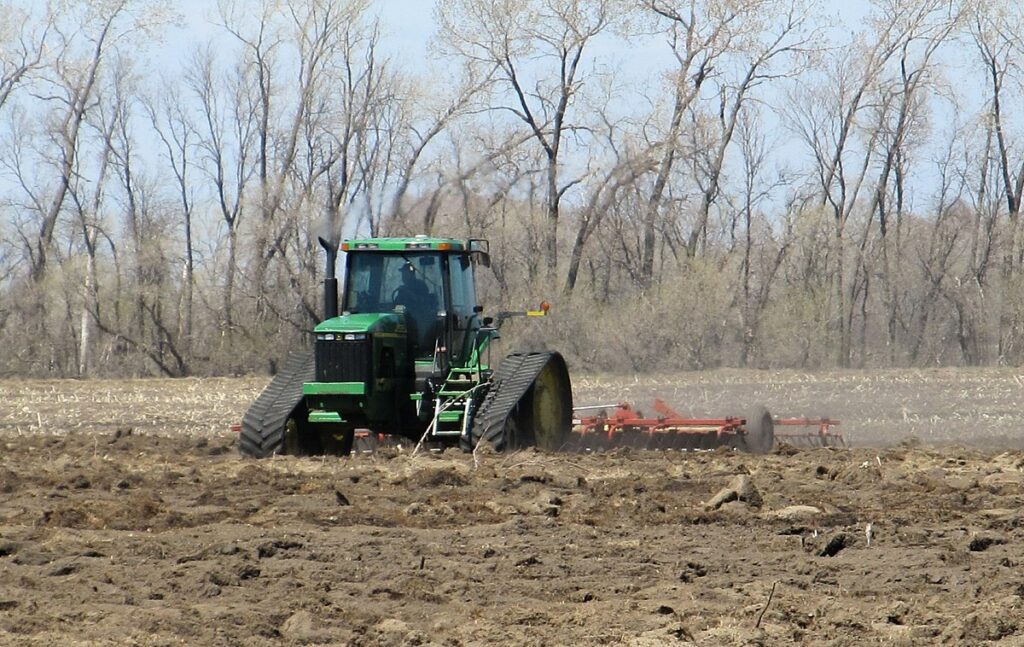
The single most significant threat to turtle populations across the United States is the widespread destruction and fragmentation of their natural habitats. As urban development expands, wetlands are drained, forests cleared, and waterways altered, turtles lose the specific environments they need for feeding, nesting, and hibernation.
Many freshwater turtle species require distinct habitat types throughout their life cycle—clean water bodies for living and specific soil conditions for nesting—making them particularly vulnerable to landscape changes. Road construction has been especially devastating, creating deadly barriers between aquatic habitats and nesting grounds that turtles have used for generations. In states experiencing rapid development like Florida, Texas, and California, the pressure on remaining turtle habitats has reached critical levels, with some populations becoming isolated in habitat “islands” too small to sustain them long-term.
Road Mortality
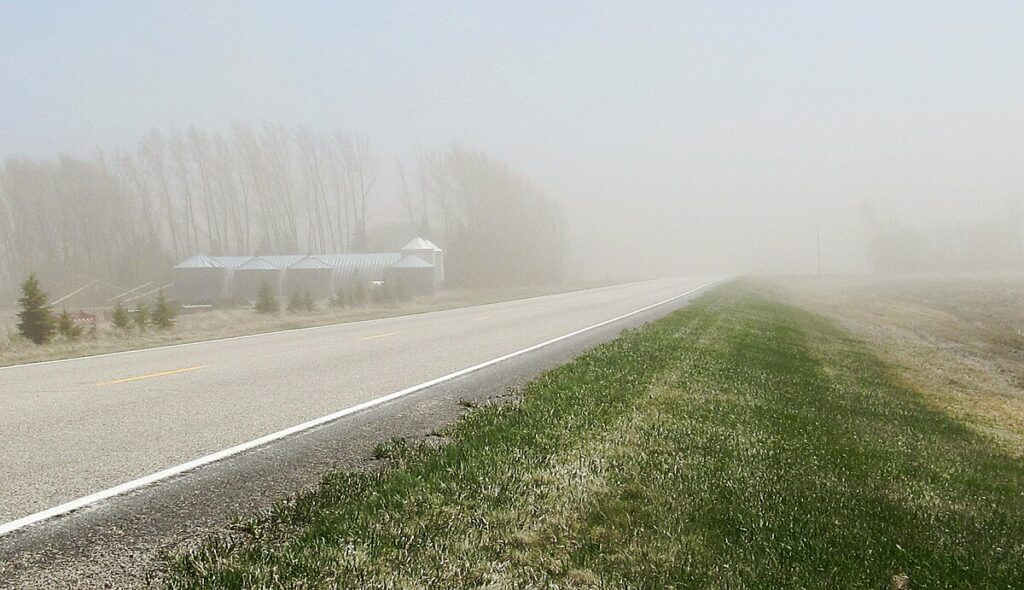
America’s extensive road network has become a deadly gauntlet for turtles attempting to navigate their traditional territories. Female turtles are particularly vulnerable during nesting season when they must leave water to find suitable nesting sites, often crossing roads in the process. A single female box turtle’s death can represent the loss of decades of reproductive potential, as these slow-maturing animals may take 10-15 years to reach breeding age.
Studies in several states have documented alarming rates of turtle road mortality, with some populations losing significant percentages of adult females annually to vehicle strikes. This problem is especially pronounced in states with high road density like New Jersey, Massachusetts, and Connecticut, where fragmented habitats force turtles to make dangerous crossings regularly. Conservation efforts in some areas now include specially designed wildlife tunnels and barriers to guide turtles safely under roadways.
Collection for Pet Trade
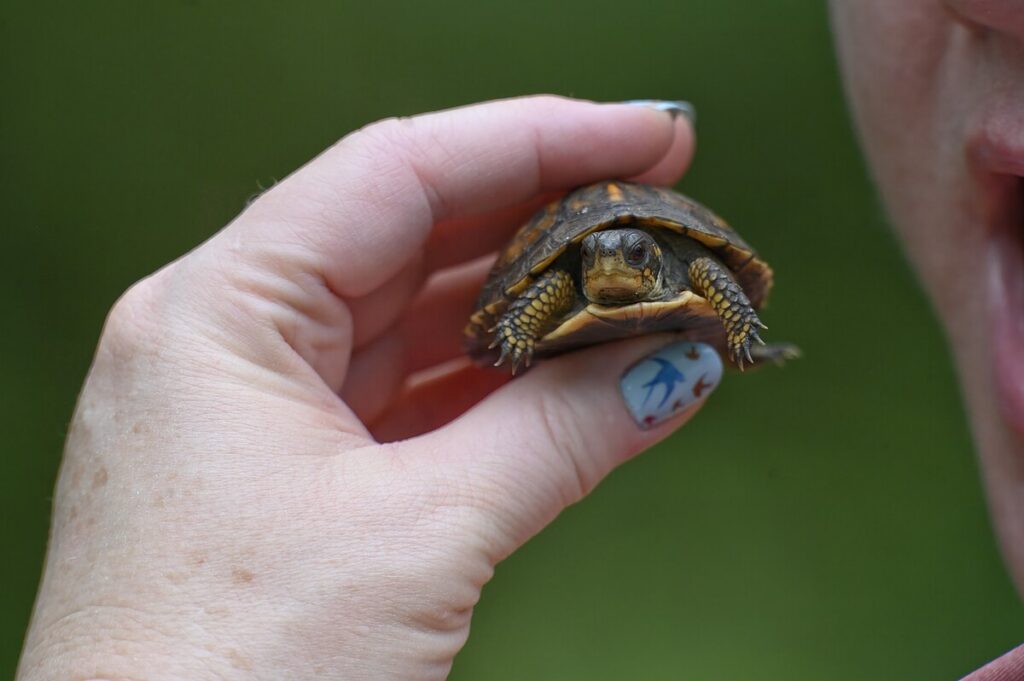
The allure of turtles as pets has created a substantial market that continues to deplete wild populations across the country. Species like the box turtle and wood turtle have suffered particularly from collection, with their docile nature and attractive appearance making them targets for both legal and illegal collection.
Unlike many other animals, turtles cannot quickly reproduce to offset losses from collection—most species take years to reach maturity and produce relatively few offspring annually. Some states have enacted strict regulations on turtle collection, but enforcement challenges and illegal trafficking persist, especially for rare or colorful species that command high prices.
The problem is compounded by the fact that many collected turtles die in captivity due to improper care, creating a continuous demand for new specimens from the wild.
Pollution and Water Quality Issues

As predominantly aquatic creatures, turtles are extremely vulnerable to water pollution and quality degradation in America’s waterways. Agricultural runoff containing pesticides and fertilizers has been linked to shell deformities, reproductive problems, and immune system suppression in multiple turtle species.
Industrial pollutants, including heavy metals and persistent organic compounds, can accumulate in turtle tissues over their long lifespans, affecting their health and reproductive capacity. In states with intensive agriculture like Iowa, Illinois, and California, water quality issues have significantly impacted once-abundant turtle populations.
Emerging contaminants such as pharmaceuticals and microplastics in waterways represent newer threats whose long-term effects on turtle populations are still being studied but already show concerning impacts on development and hormone function.
Climate Change Impacts
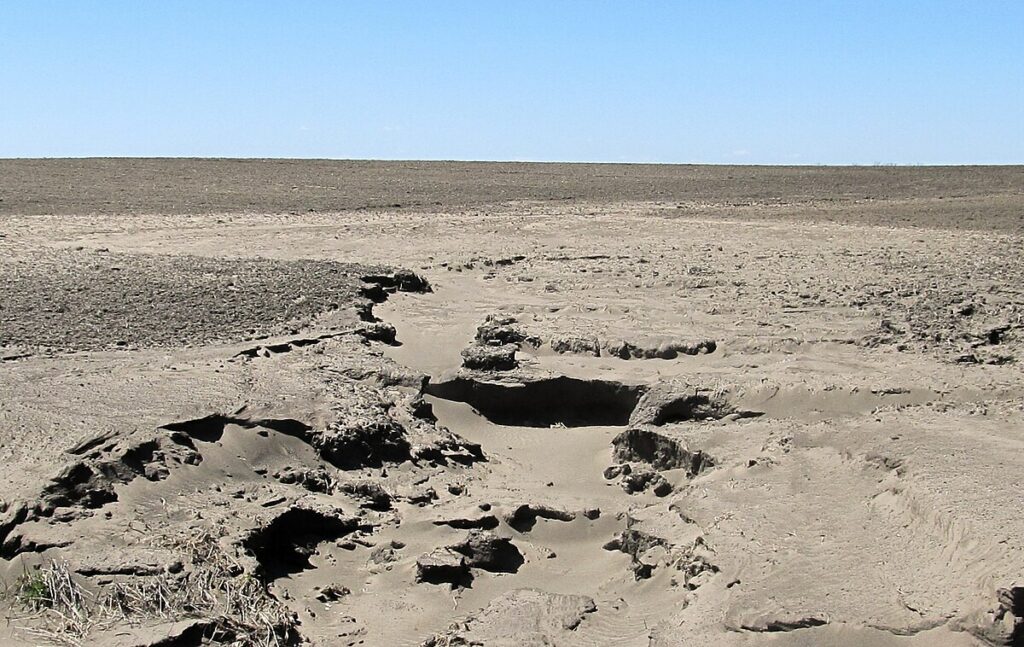
Climate change poses multiple threats to turtle populations across the United States, affecting everything from habitat suitability to sex ratios. Many turtle species have temperature-dependent sex determination, meaning that warmer incubation temperatures produce females while cooler temperatures produce males.
Rising global temperatures are already skewing sex ratios in some populations, potentially creating future reproductive challenges with too few males. Sea level rise is eroding critical nesting beaches for sea turtles in coastal states like Florida, South Carolina, and Texas. Changing precipitation patterns affect wetland hydrology, sometimes drying up habitats entirely or causing flooding that destroys nests.
Warmer winters may disrupt hibernation patterns in northern states, while extended droughts in southwestern states can eliminate essential water sources for desert-dwelling species.
Predation of Eggs and Hatchlings
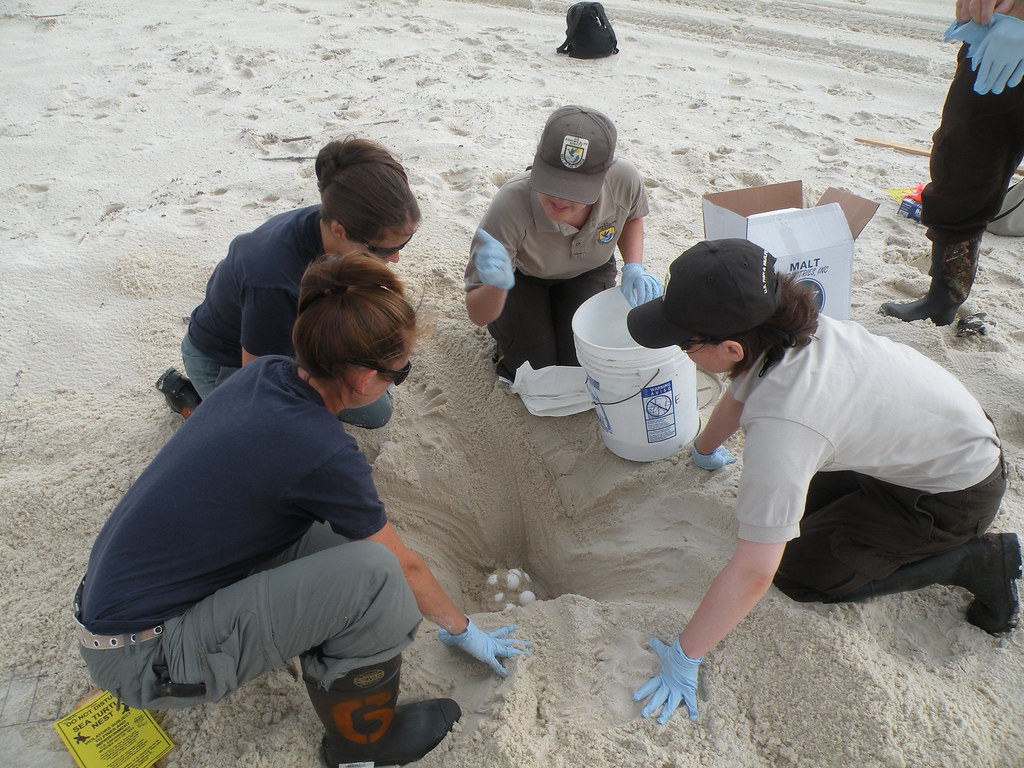
Turtle eggs and hatchlings face extraordinarily high natural predation rates, a challenge magnified by human-influenced changes to predator populations. In many suburban and urban areas, predators like raccoons, skunks, and opossums thrive alongside human development, reaching unnaturally high densities and devastating local turtle nesting sites.
Studies have documented predation rates exceeding 90% at some nesting locations, making successful reproduction nearly impossible without intervention. Non-native predators introduced to ecosystems, such as fire ants in southern states, can attack hatchlings as they emerge from nests.
The problem is particularly severe for freshwater turtles in states like Minnesota, Wisconsin, and Michigan, where predator populations have increased while turtle numbers decline. Conservation efforts sometimes include nest protection programs using predator exclusion devices, though these require significant monitoring and maintenance.
Commercial Harvest
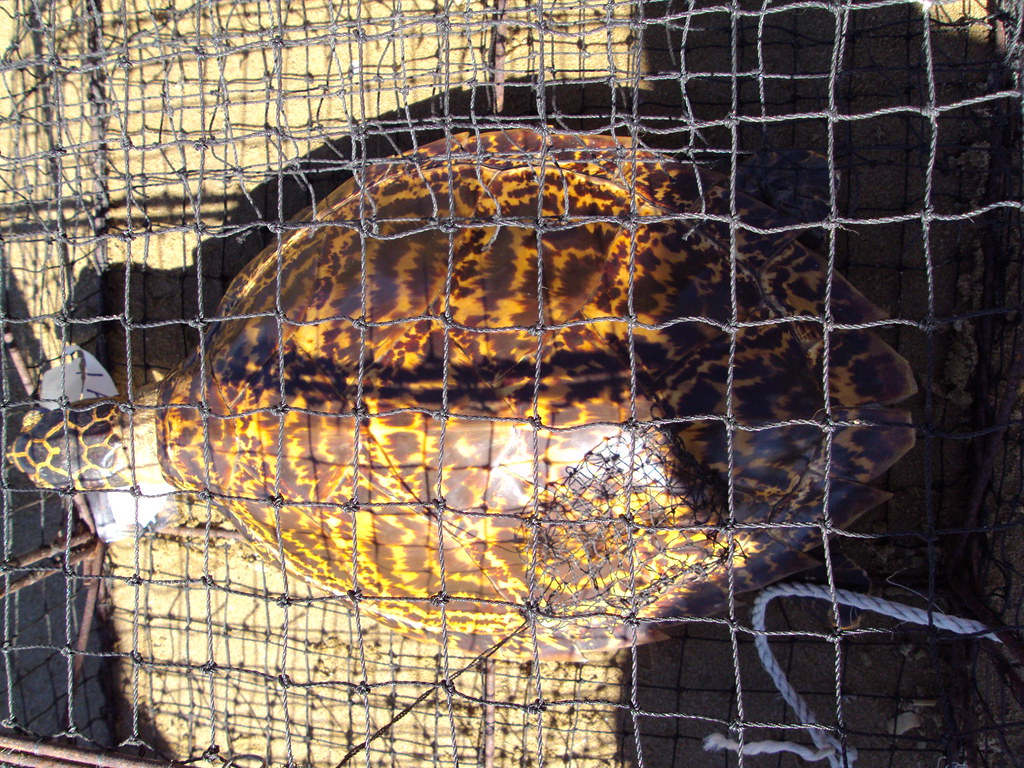
Commercial harvest for food markets represents a significant threat to certain turtle species, particularly in southern states. Species like the alligator snapping turtle, once common throughout the Mississippi River basin, have been decimated by commercial trapping for meat.
The international demand for turtle products, especially in Asian markets, has intensified pressure on wild populations, with thousands of turtles exported annually from states with less restrictive regulations. Unlike fish or game species, turtles’ slow growth and low reproductive rates make them unable to sustain commercial harvest levels.
States including Texas, Louisiana, and Oklahoma have seen dramatic declines in native turtle populations linked directly to commercial collection. While some states have enacted harvest bans or strict limits in recent years, enforcement challenges and black market trade continue to threaten vulnerable populations.
Disease and Invasive Species

Emerging diseases and invasive species pose growing threats to turtle populations across numerous states. Ranavirus outbreaks have caused mass die-offs in eastern box turtle populations, while mysterious shell diseases affect multiple species in the Northeast.
Invasive species compete with native turtles for resources, with red-eared sliders released from the pet trade now outcompeting native turtles in many urban waterways across the country. In Florida, invasive pythons prey on native turtles, while invasive aquatic plants alter habitat structure in waterways throughout the South.
Non-native carp species in Midwestern states uproot aquatic vegetation that many turtle species depend on for food and shelter. The spread of invasive fire ants across southern states has added another threat, as these aggressive insects attack turtle hatchlings as they emerge from nests, sometimes causing mortality rates approaching 100% in affected areas.
Slow Life History and Low Reproductive Rates

The fundamental biology of turtles makes them exceptionally vulnerable to population declines and slow to recover from threats. Most North American turtle species take 5-15 years to reach reproductive maturity, with some species like the Blanding’s turtle requiring up to 20 years before females can produce eggs.
Even after reaching maturity, females typically lay relatively few eggs compared to other reptiles, and natural survival rates for hatchlings are extremely low. This slow reproductive strategy evolved in conditions where adult survival was naturally high, allowing populations to remain stable despite low recruitment of juveniles.
Modern threats that increase adult mortality have catastrophic effects on turtle populations because the loss of breeding adults cannot be quickly offset by new generations. Conservation modeling shows that even small increases in adult mortality (as little as 2-3% annually) can trigger long-term population collapse for many turtle species.
Inadequate Legal Protection
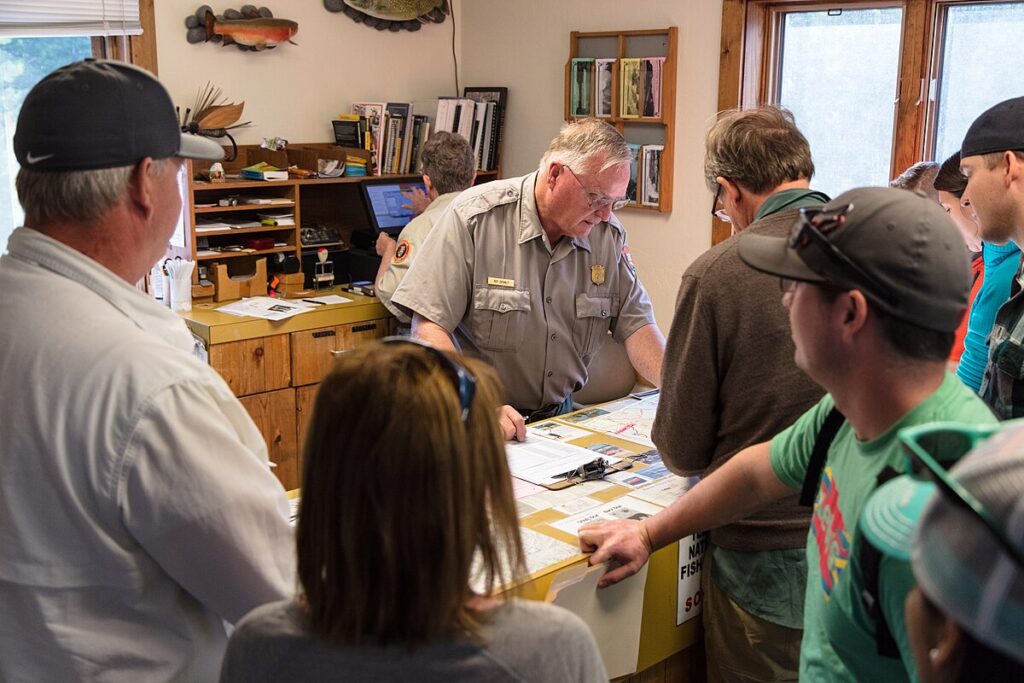
Despite their precarious status, many turtle species lack comprehensive legal protections across their range in the United States. Protection status varies dramatically from state to state, creating a patchwork of regulations that often fails to safeguard vulnerable populations.
While federally listed endangered species receive stronger protections, many declining turtle species haven’t yet reached the crisis point required for federal listing or face lengthy delays in the listing process. In states with limited conservation budgets like Mississippi, Alabama, and Arkansas, even species with protected status may receive minimal monitoring or enforcement attention.
The interstate nature of threats like illegal collection makes inconsistent regulations particularly problematic, as collectors may target populations in states with weaker protections. Recent efforts to harmonize turtle protection laws across state lines have shown promise but face political and resource challenges.
Sea Turtle-Specific Threats
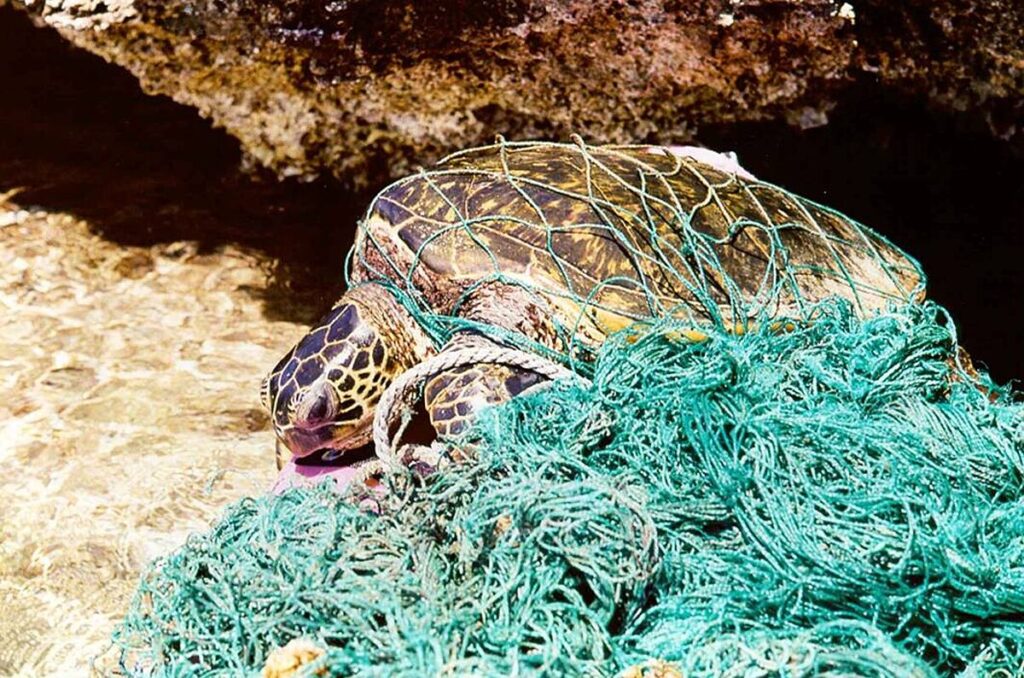
Sea turtles face a distinct set of threats along America’s coastlines that have led to endangered status for all U.S. species. Light pollution from coastal development disorients hatchlings trying to reach the ocean, causing them to move inland where they face fatal dehydration or predation.
Fishing gear entanglement claims thousands of sea turtles annually, with longlines and shrimp trawls particularly deadly before the widespread adoption of Turtle Excluder Devices. Plastic pollution represents a growing threat, as sea turtles mistake floating plastic for food, leading to intestinal blockages and starvation.
Coastal states like Florida, Georgia, and the Carolinas have implemented beach management programs to protect nesting habitat, but rising seas and increasing storm intensity linked to climate change continue to threaten critical nesting beaches. Vessel strikes represent another significant source of mortality in busy coastal waterways, particularly in Florida’s crowded waterways.
Conservation Success Stories
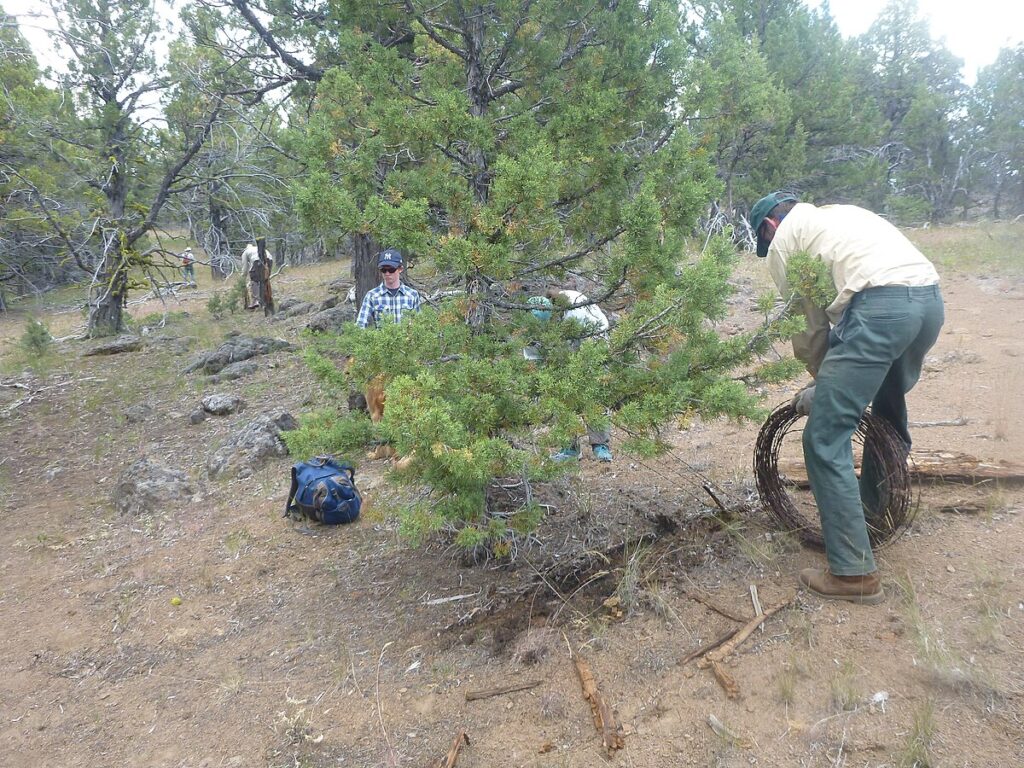
Despite the numerous challenges facing turtle populations, conservation efforts have achieved important successes that demonstrate recovery is possible with dedicated intervention. The Kemp’s ridley sea turtle, once on the brink of extinction, has shown promising population increases following international protection of nesting beaches and the implementation of turtle-safe fishing practices.
Head-starting programs, where eggs are collected and hatchlings raised in captivity until they’re less vulnerable to predation, have boosted survival rates for species like the Blanding’s turtle in the Great Lakes region. Community-based conservation initiatives in states like North Carolina and New York have created networks of protected habitats and monitoring programs that have stabilized some local populations.
Innovative approaches like “turtle gardens” in suburban areas provide safe nesting habitat in otherwise developed landscapes, while wildlife crossing structures have dramatically reduced road mortality in targeted hotspots.
How Citizens Can Help
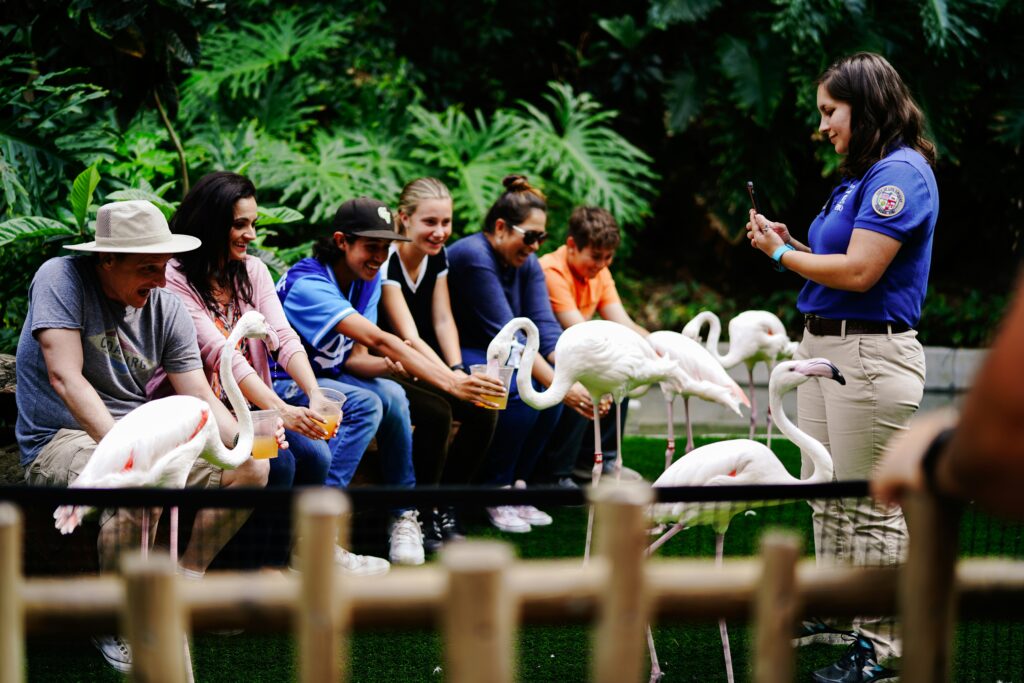
Individual actions can make significant differences for endangered turtle populations across the United States. Motorists who safely help turtles cross roads (always in the direction they were heading) save countless lives during nesting season, while reporting turtle sightings to local conservation agencies helps build valuable data on distribution and population trends.
Supporting habitat protection through land trusts and conservation easements preserves critical areas turtles need for survival. Responsible pet ownership is essential—never releasing pet turtles into the wild and avoiding purchasing wild-caught specimens. Reducing plastic use and proper disposal of fishing gear helps prevent entanglement and ingestion hazards, particularly for aquatic species.
Citizens can also participate in volunteer monitoring programs that track local turtle populations, providing scientists with valuable data while connecting communities to conservation efforts. Supporting stronger legal protections through advocacy and engagement with state wildlife agencies helps ensure turtles receive the protection they need to survive and recover.
America’s turtles face a complex web of threats that have pushed many species to the brink of extinction across numerous states. Their remarkable evolutionary journey, spanning hundreds of millions of years, is now jeopardized by human activities occurring over mere decades. The challenges they face—from habitat destruction and road mortality to climate change and overexploitation—require comprehensive conservation approaches that address multiple threats simultaneously.
While the situation remains critical for many species, successful conservation initiatives demonstrate that recovery is possible with dedicated effort and resources. By understanding why turtles are endangered and taking action at individual, community, and policy levels, Americans can help ensure these ancient reptiles continue to fulfill their ecological roles for generations to come. The fate of these remarkable creatures ultimately rests in our hands, requiring us to balance human needs with the protection of the diverse turtle species that have called North America home since long before humans arrived on the continent.

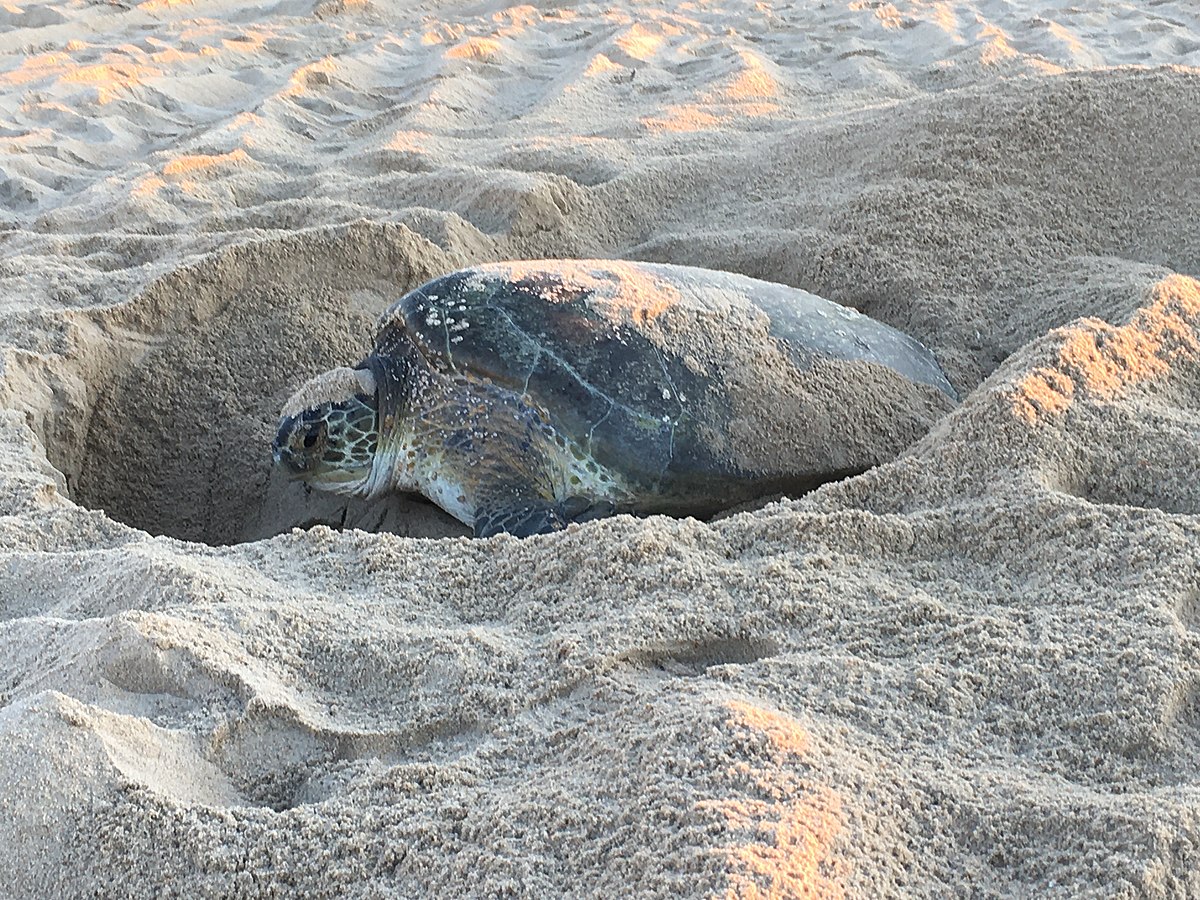

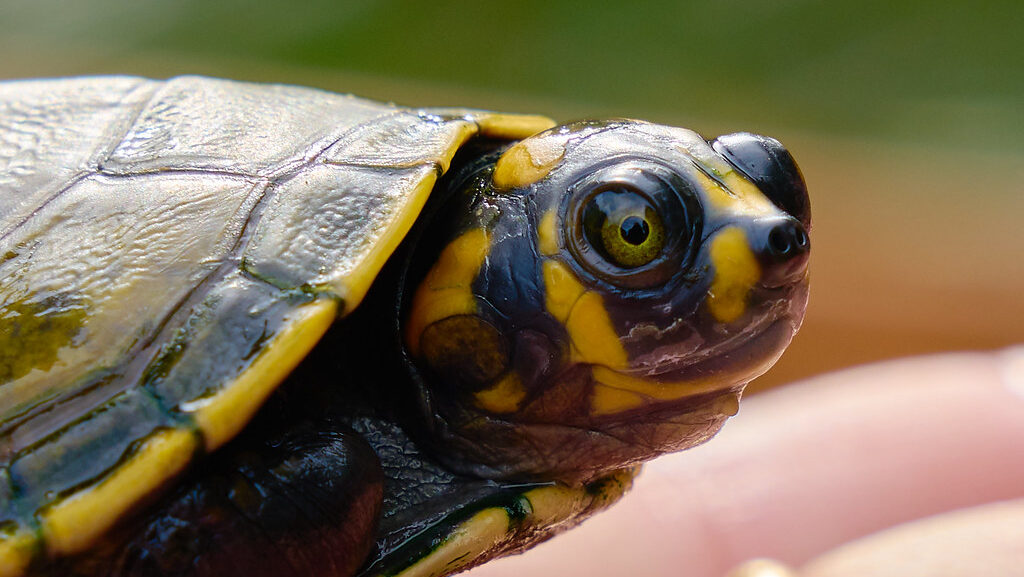
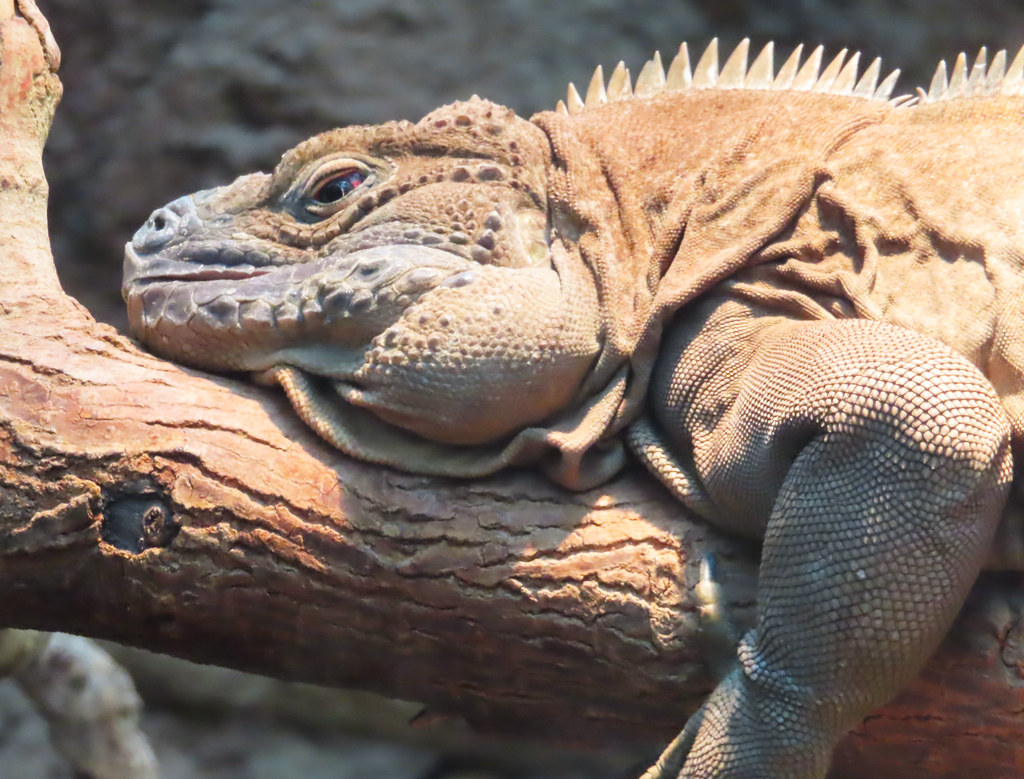
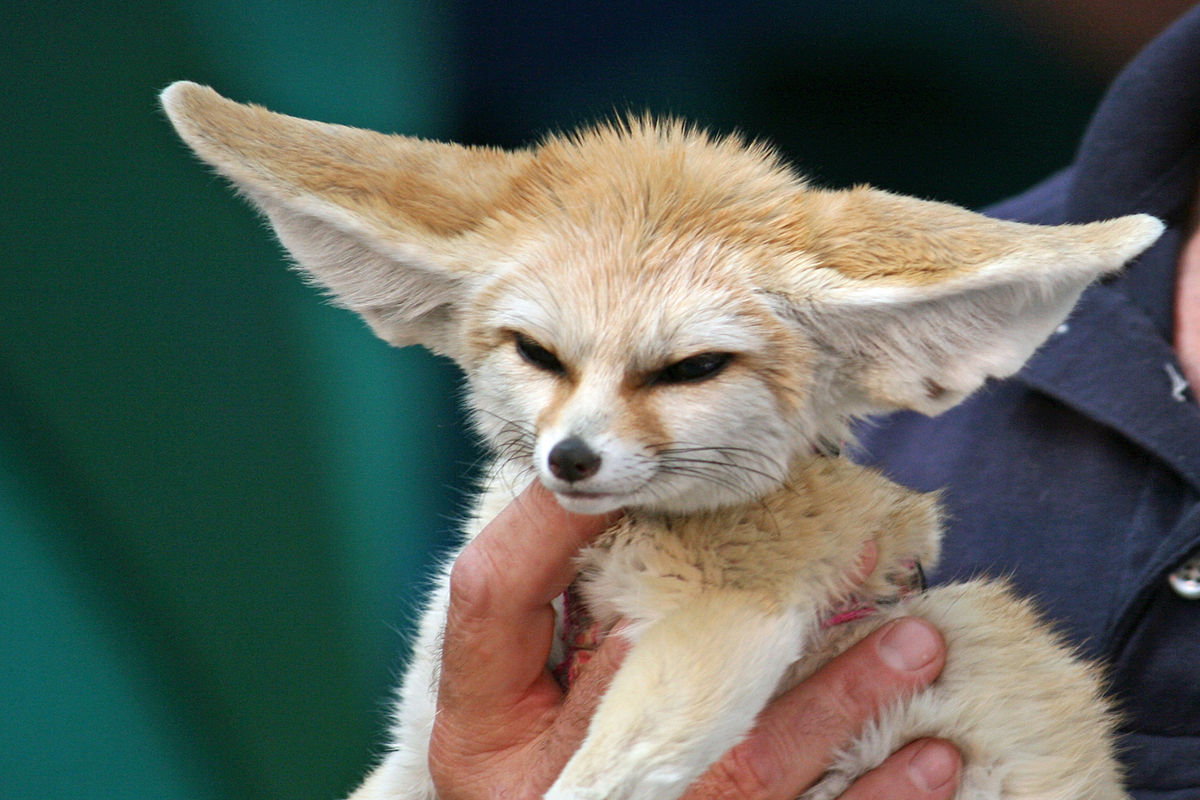
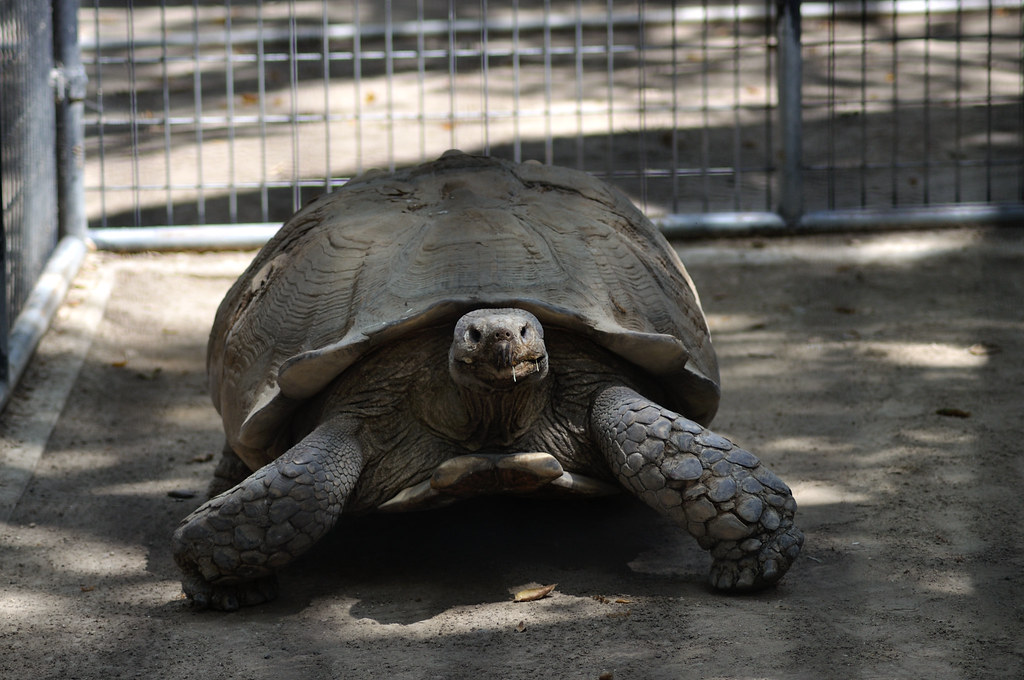
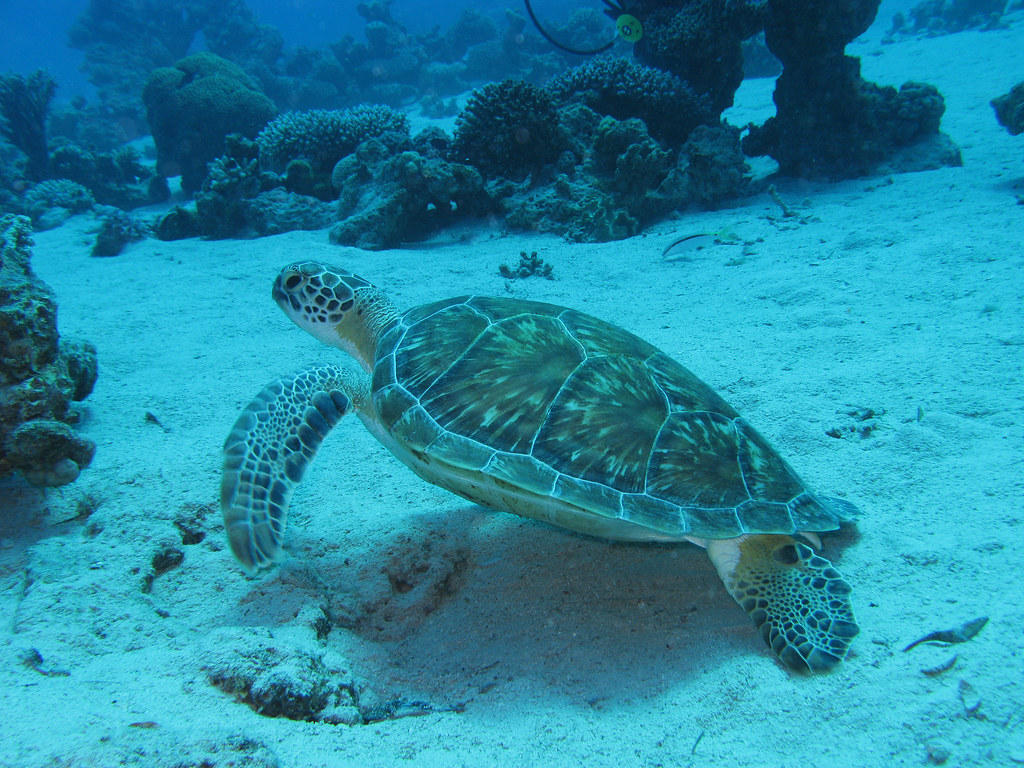
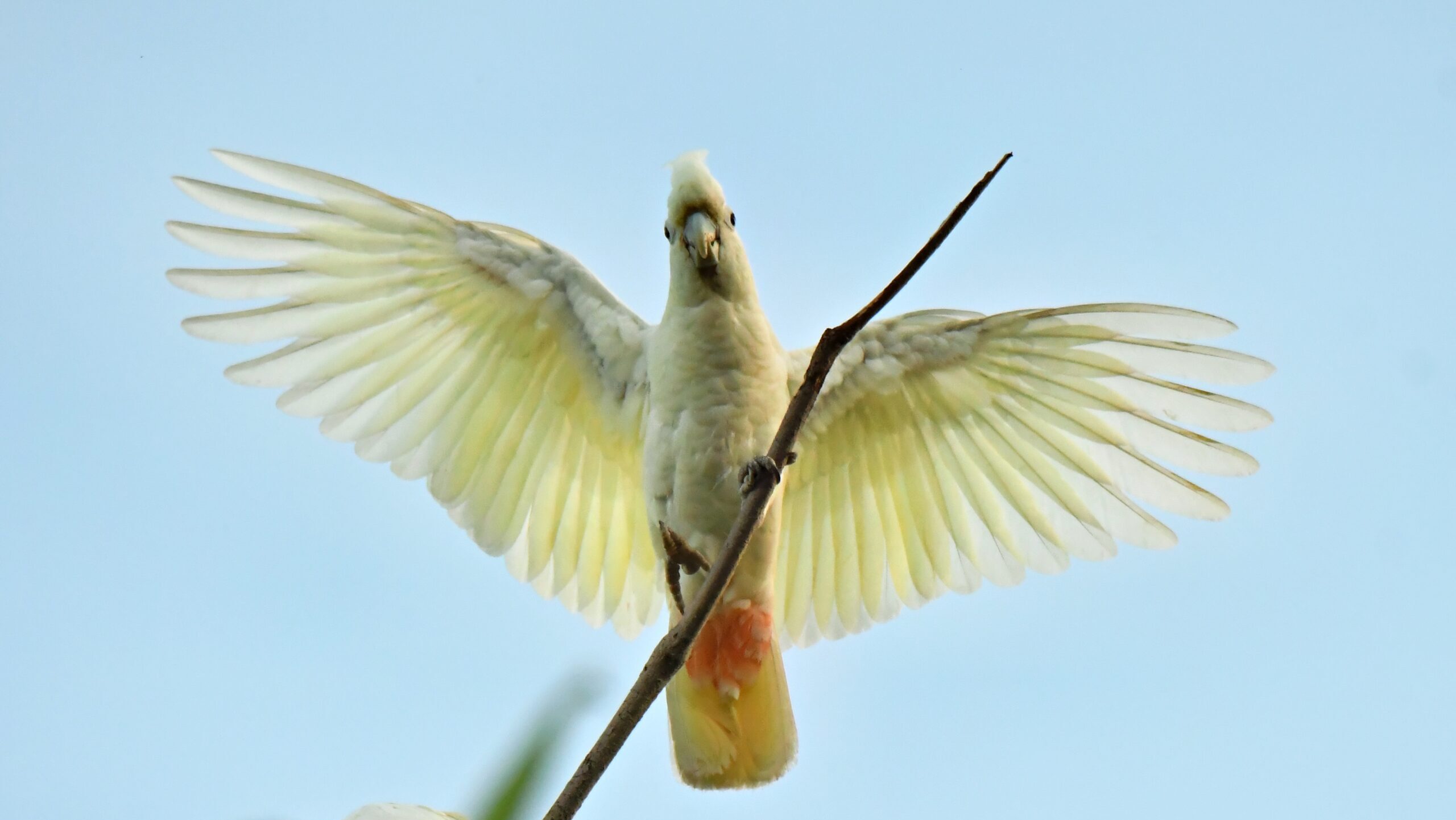

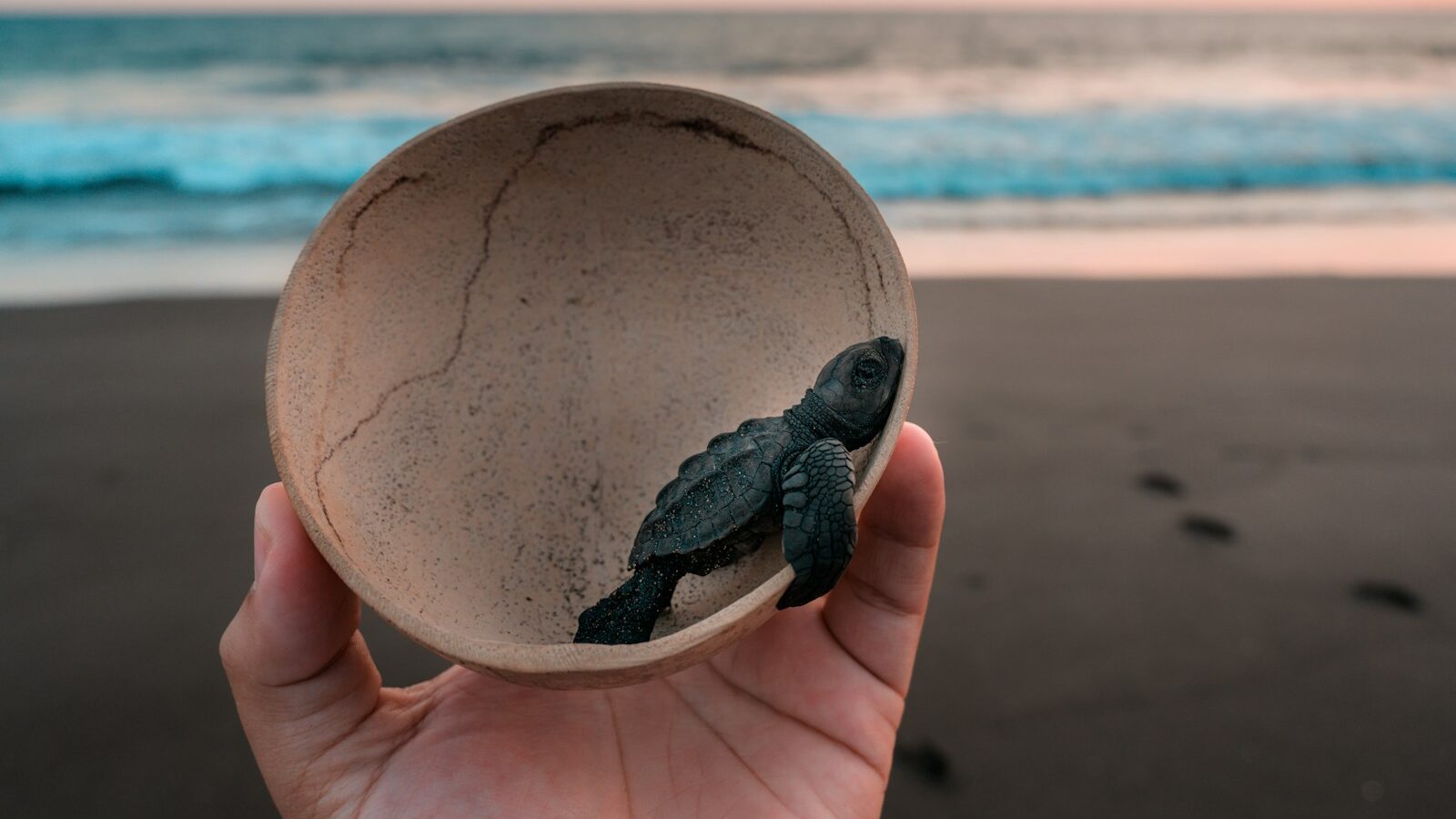
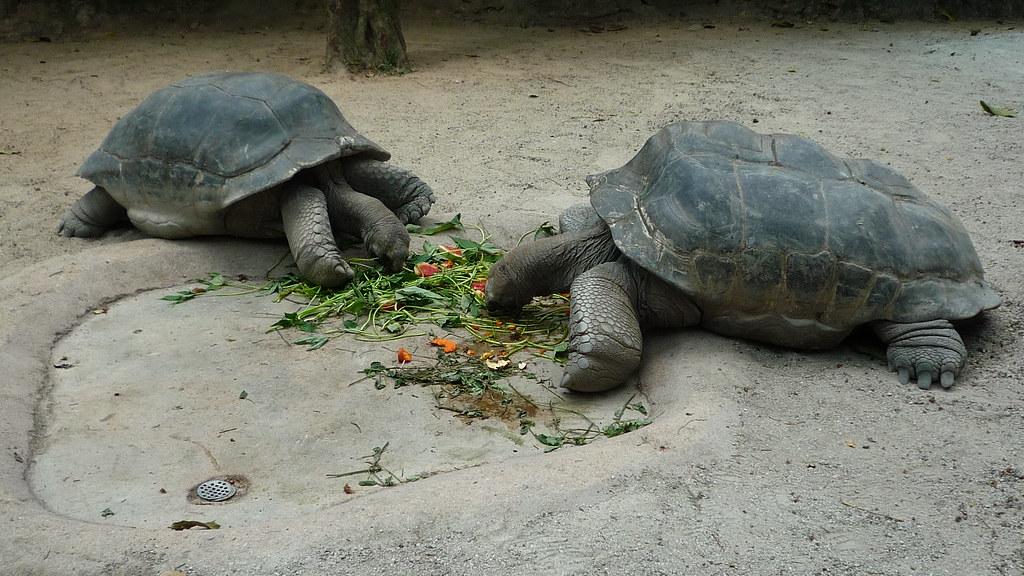




Leave a Reply